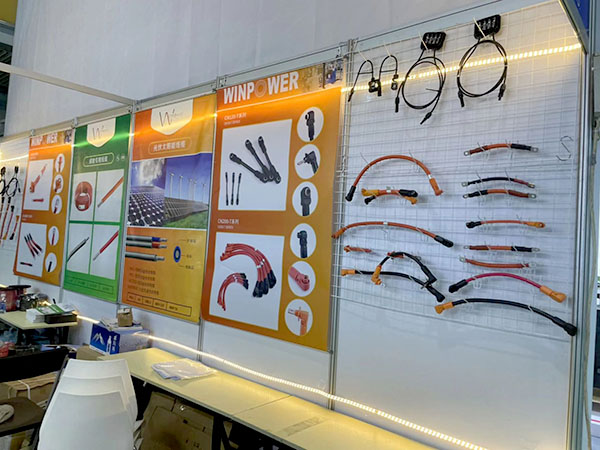External force damage. According to the data analysis in recent years, especially in Shanghai, where the economy is developing rapidly, most cable failures are caused by mechanical damage. For example, when the cable is laid and installed, it is easy to cause mechanical damage if it is not constructed according to the normal specifications. Construction on the directly buried cable is particularly easy to damage the running cable. Sometimes, if the damage is not serious, it will take several years to lead to the complete breakdown of the damaged parts to form a fault. Sometimes, the relatively serious damage may cause short circuit fault, which directly affects the safety of the electricity unit.

1. External damage not caused by itself. When some behaviors squeeze, twist or rub the wire, it will accelerate the aging of the wire.
2. Long-term overload operation beyond the rated power of the wire. Wires have different specifications. Usually, for example, the most commonly used wires with 2.5 square meters are only linked to lamps. If many electrical appliances share this wire while being used, the thermal effect of the current will be caused due to the large current demand. The flow through the wires will increase and the conductor temperature will become higher, and the outer insulating plastic will be damaged, resulting in the aging and embrittlement of the wires.
3. Chemical corrosion. The acid-base action is corrosion, which will cause the quality of the outer plastic to drop for the wire, and the failure of the protective layer will also cause damage to the inner core, leading to failure. Although the degree of acid and alkali corrosion of cement wall paint is not high, it will accelerate aging in the long run.
4. Instability of the surrounding environment. When the environment around the wires has extreme performance or unstable changes, it will also affect the wires inside the wall. Although the barrier through the wall is weakened, it can still accelerate the aging of the wires. Serious behavior may lead to insulation breakdown and even explosion and fire.
5. The insulation layer is damp. This kind of situation usually occurs at the cable joint directly buried or inside the drainage pipe. After staying in the wall for a long time, the electric field will lead to the formation of water branches under the wall, which will slowly damage the insulation strength of the cable and cause failure.
Post time: Nov-21-2022
